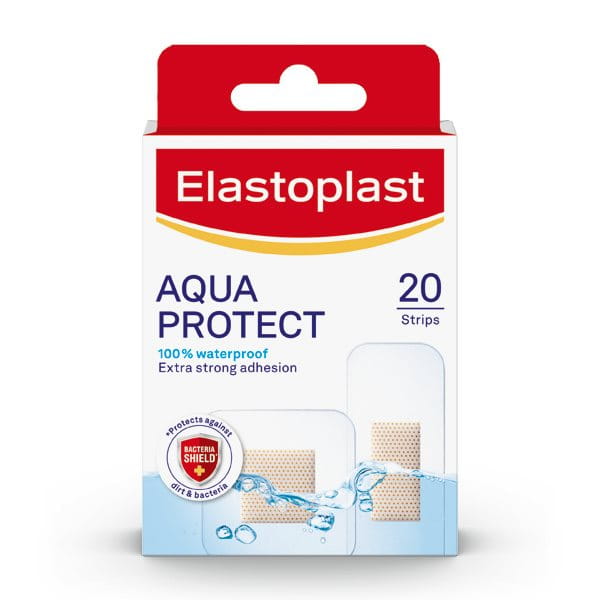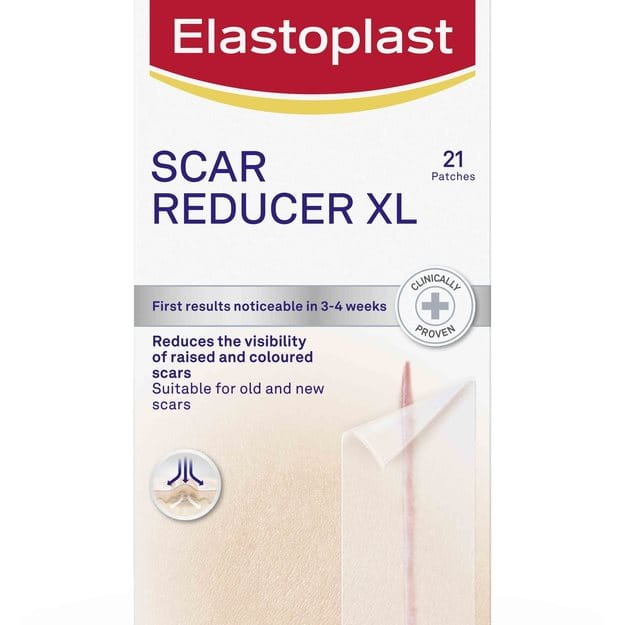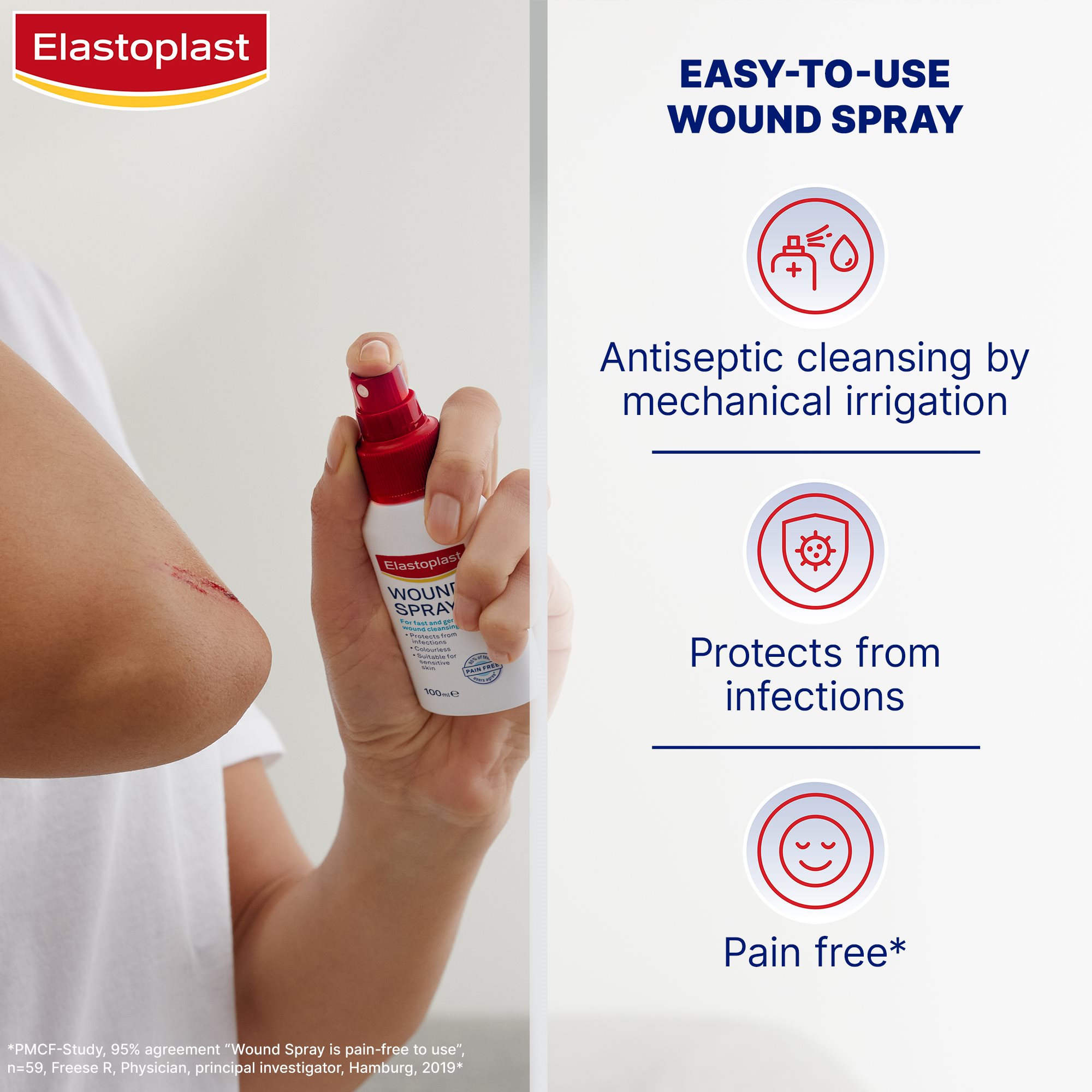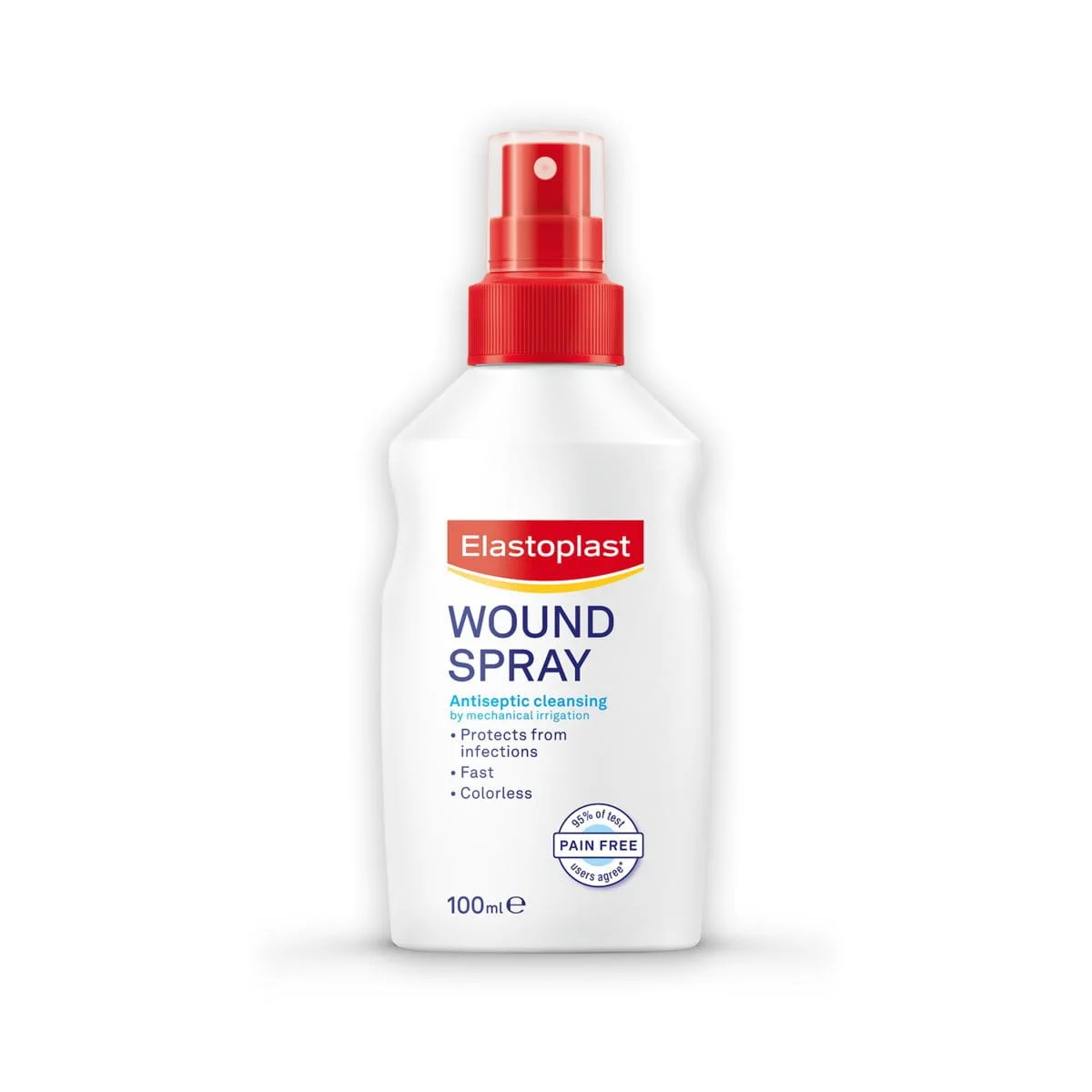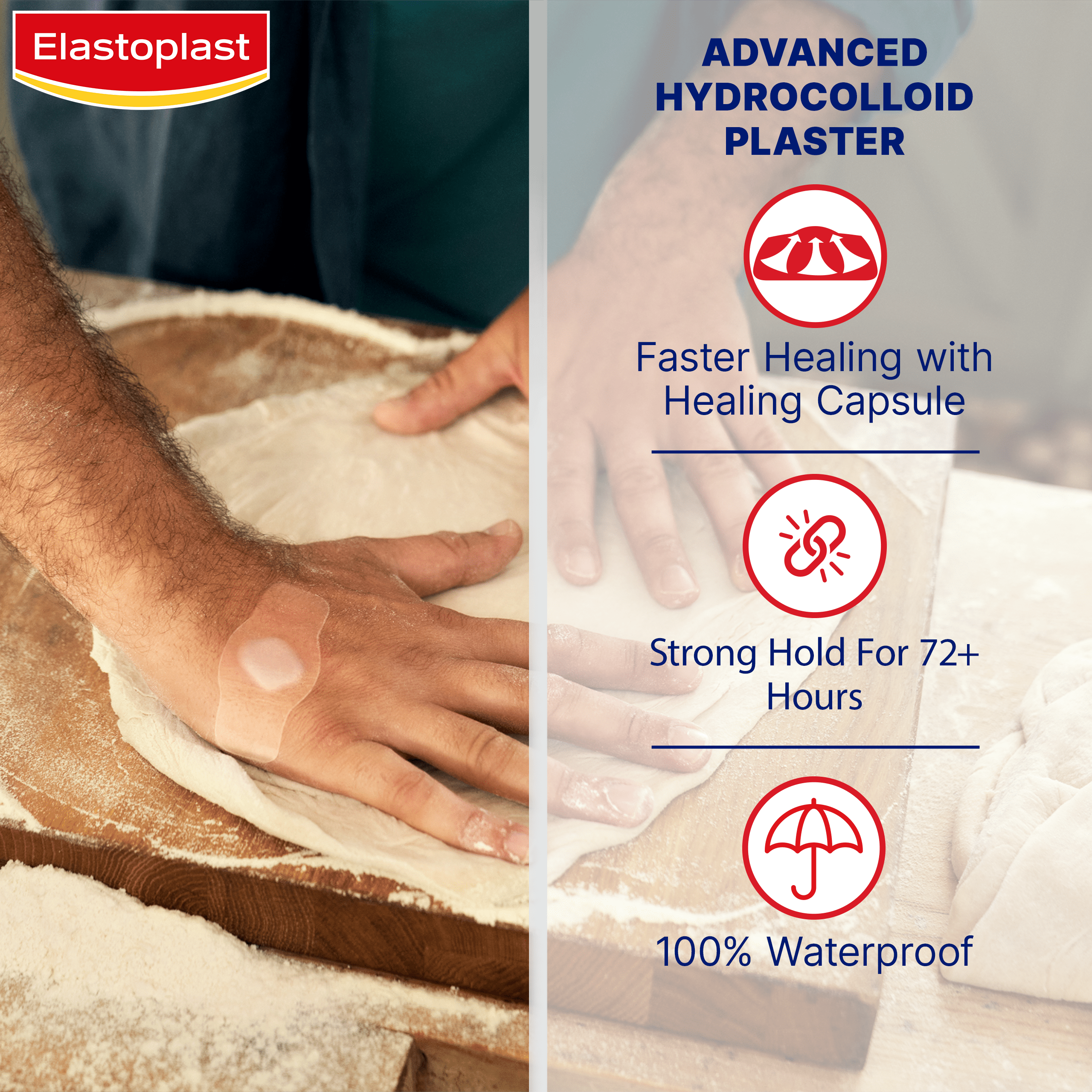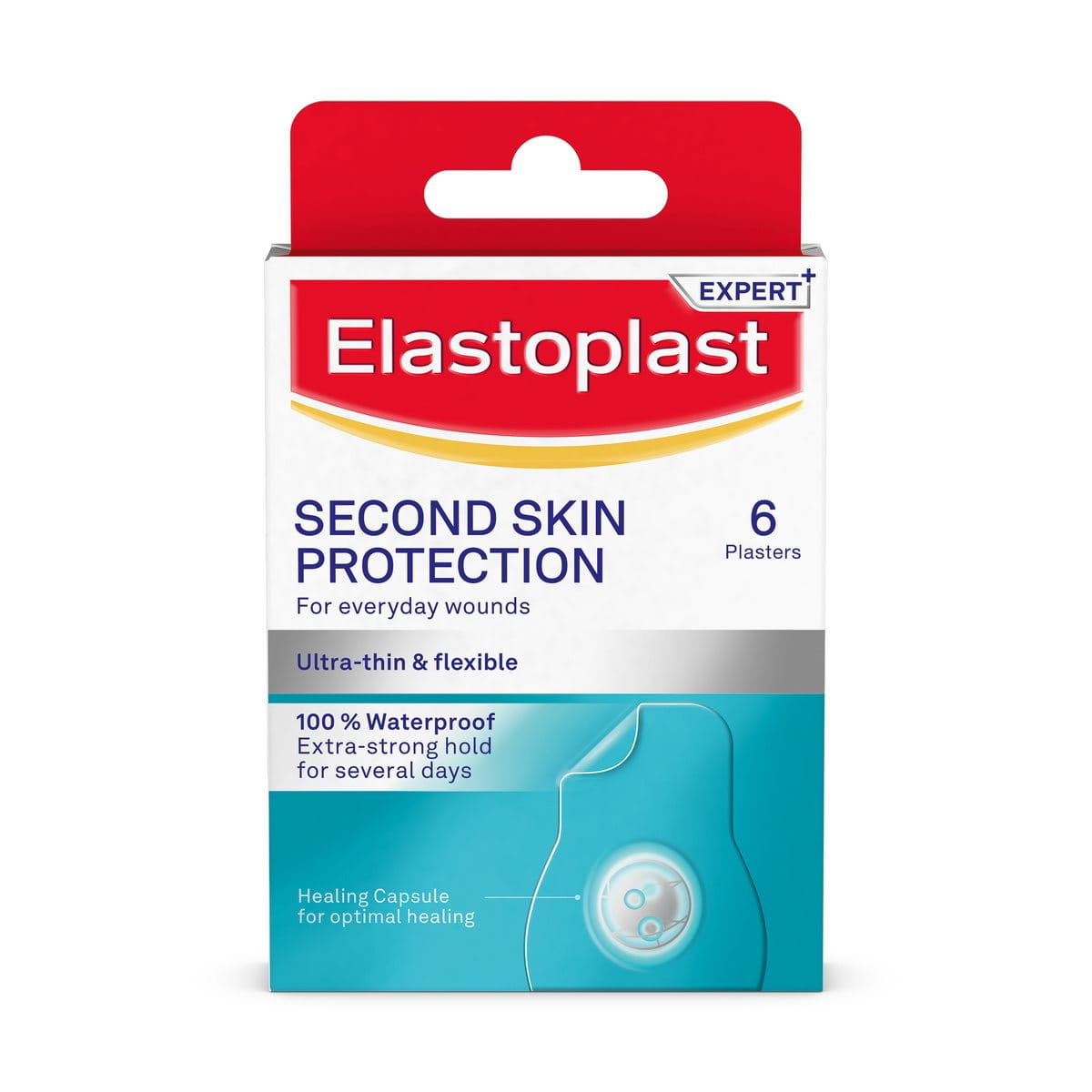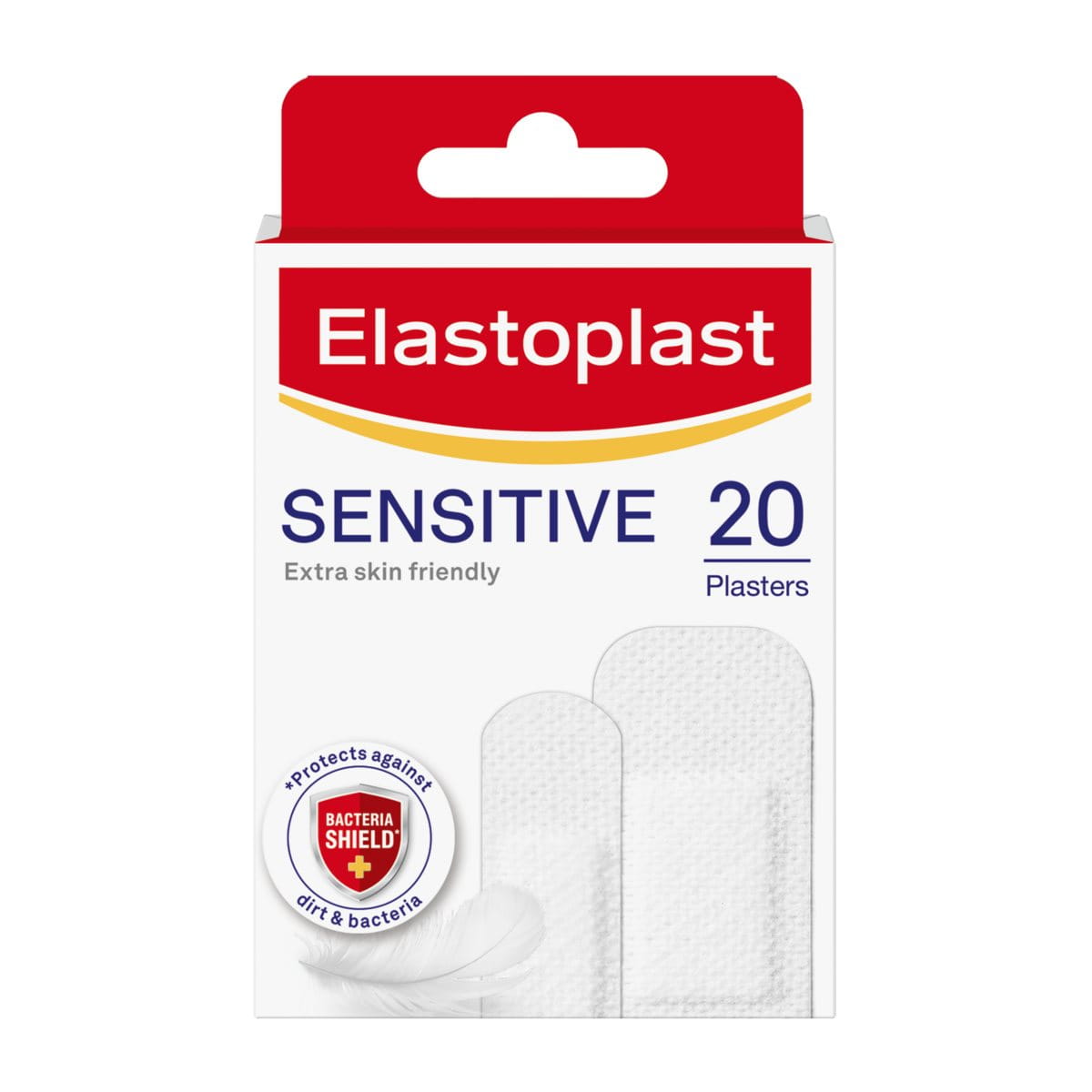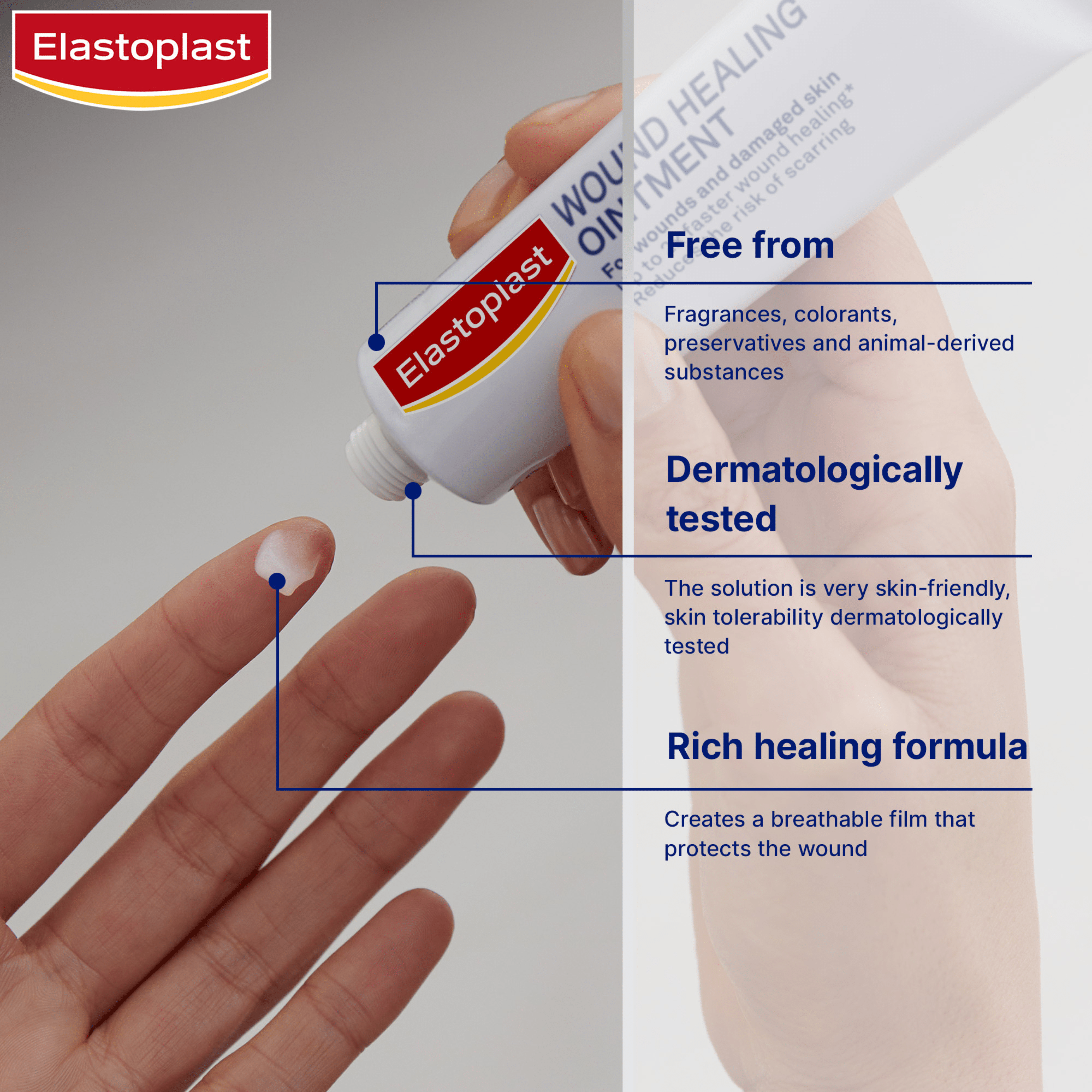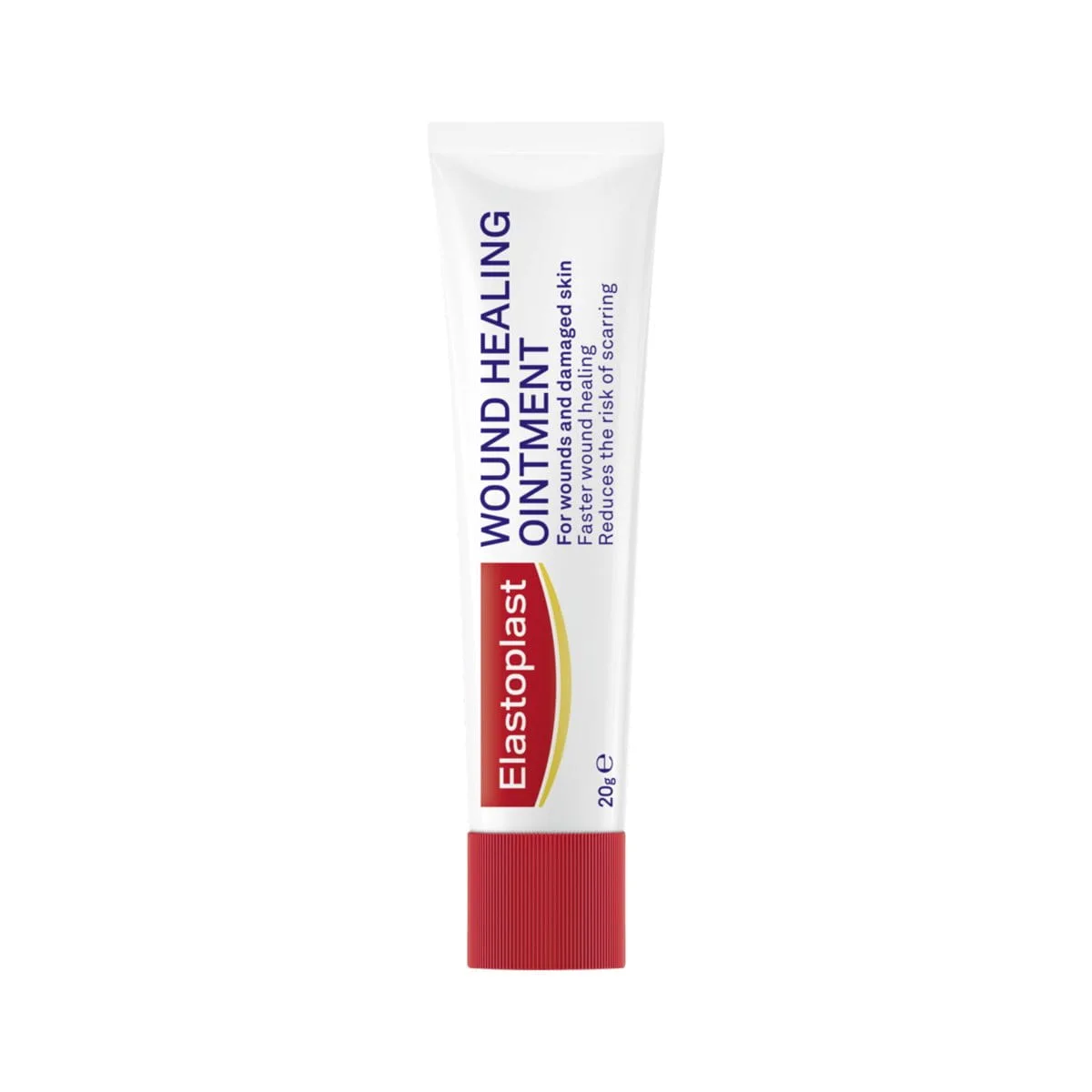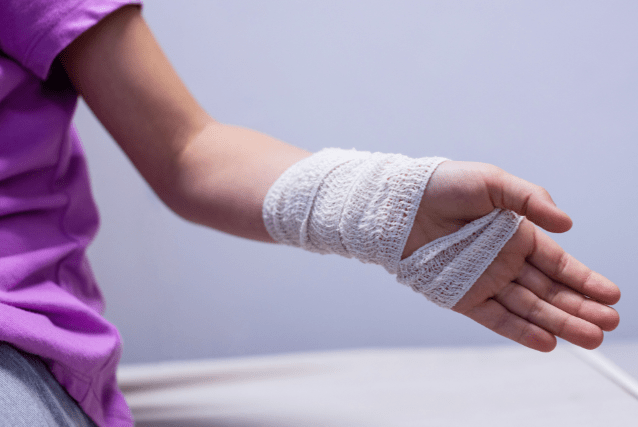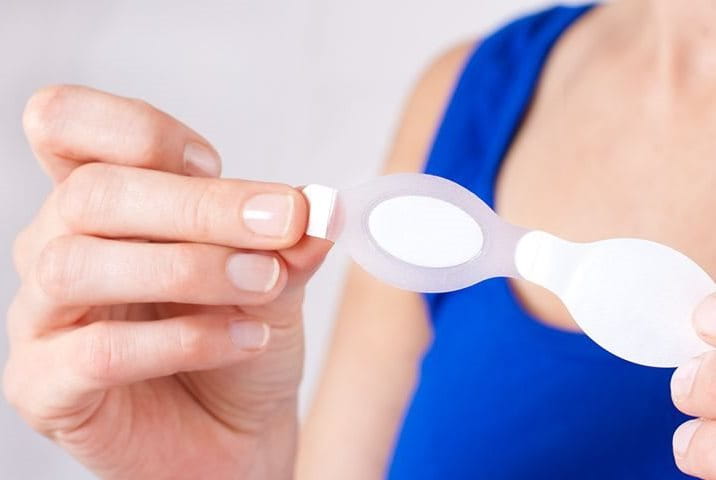Published: December 2018
Last Reviewed: November 2025
Minor injuries, like a small paper cut or a minor burn from cooking, can disrupt our busy lives. If you’ve suffered an injury, you’ll likely want to know how long it will take to heal and how to speed up the process. However, wound healing is complex, and many factors can delay it.
In this article, we’ll focus specifically on how to heal open wounds quickly. When you have an open wound, the body's internal tissues are exposed to the external environment and bacteria. Learn how to promote faster healing and discover which Elastoplast products can help reduce the risk of scarring.
